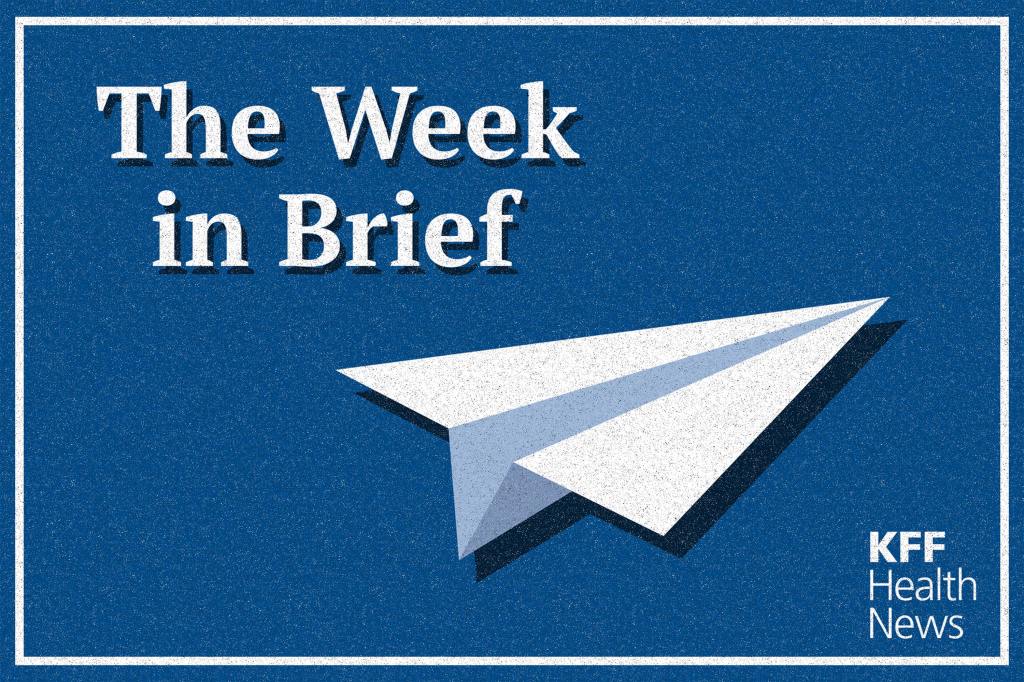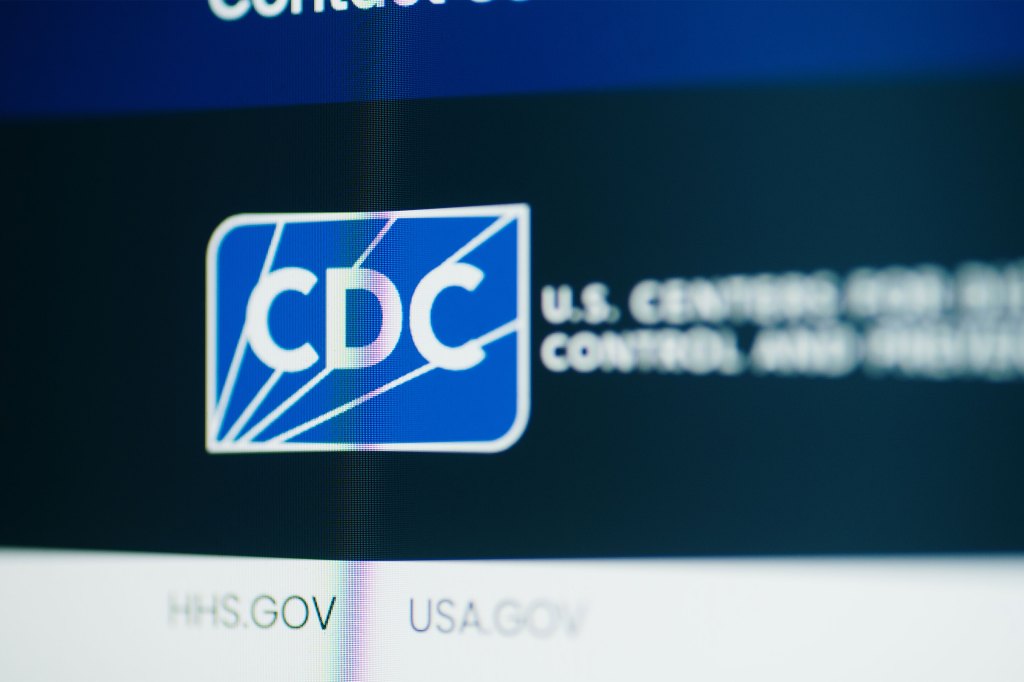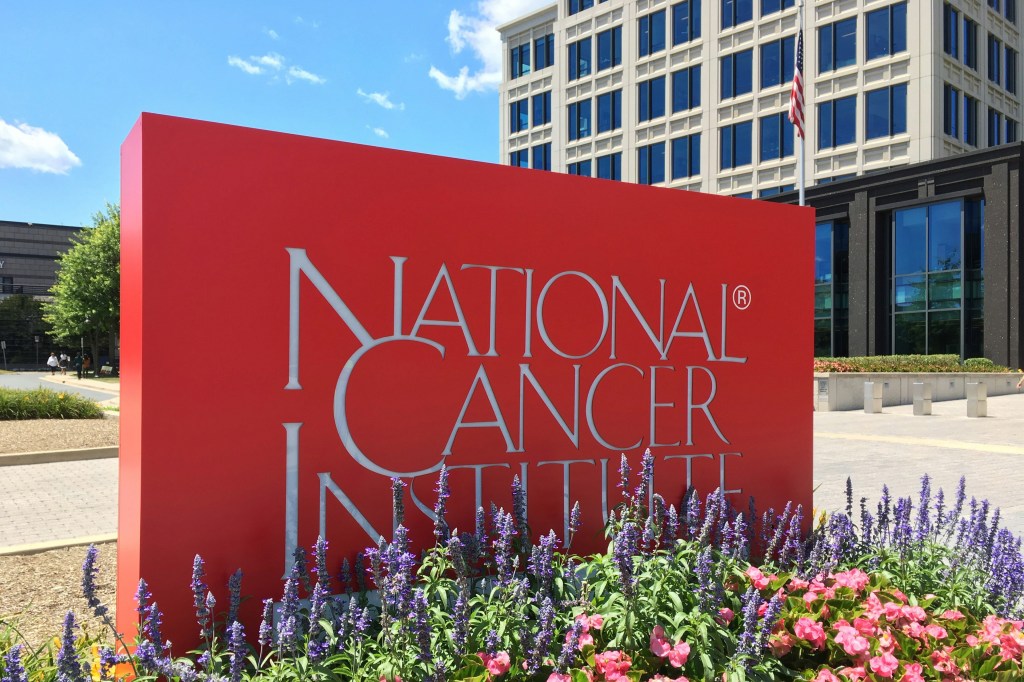There were lots of very interesting sessions at ISPOR 2025 in Montreal. One of my favorites that I was able to attend was titled “Medicare Price Negotiation of Part B Drugs: Implications for Provider Reimbursement and Commercial Spillover“. The session was moderated by Sean Sullivan of University of Washington, with Kristi Martin from the Centers for Medicare and Medicaid Services, and Ramesh Srinivasan from McKesson. Below are some key points that I heard.
IPAY 2028 Draft Guidance. On Monday, May 12, CMS released its draft guidance for the Medicare Drug Price Negotiation Program for the Initial Price Applicability Year (IPAY) 2028. How are drugs selected? CMS has a nice infographic “funnel” that explains. Biosimilar uptake is modest. This is despite ASP+8% for biosimilars as compared to ASP+6% for biologics and other branded physician administered pharmaceuticalsImpact of Part B negotiations may be larger than Part D. Part D drugs already have large rebates included as part of the Part D design. Thus, while the Medicare Drug Price Negotiation led to reductions in price of 38%-79%, the figure is much lower once you take into account what current net prices are. Rebates for the Part B program are less common and much smaller and thus, these IRA-related rebates are are likely to lead to much larger impact on pharmaceutical firms bottom lines. Complexity for pharmacies. Hospital and other provider pharmacies buy physician-administered drugs from wholesalers at a given price. However, if they administer drugs to more Medicare patients (with IRA-mandated lower prices, their reimbursement for the drug will be lower. How will the pharmacies be made whole? The answer is likely with retrospective payments to offset these costs. However, this would require pharmacies to finance large purchases of physician administered drugs with full repayment delayed weeks or months. This could cause cash flow issues for pharmacies. Alternatively, pharmacies could increasingly turn to ‘white bagging’ in order to avoid these cash flow issues. Impact of commercial reimbursement. Commercial plans often use Medicare reimbursement for Part B CPT codes as the basis for reimbursement. Will commercial plans start to ask for MFP-level prices for Part B drugs? Or will pharmaceutical firms set higher list prices in anticipated of lower MFP prices; this basically would lead to cost-shifting from Medicare to commercial beneficiaries. Step edits coming to Part B? Currently, utilization management (e.g., step edits, prior authorization) is used extensively in Medicare Part D but rarely in Part B. Will Medicare Advantage plans start to implement utilization management for Part B drugs? Data issues. To make pharmacies whole for any reduced reimbursement for IRA-discounts for Medicare beneficiaries, CMS must know who many Medicare patients the pharmacy dispensed to. With Part D drugs, this would be easy as all enrollees (those with traditional Medicare and Medicare Advantage) who have Part D coverage can have their data tracked through the prescription drug event (PDE) claims. For Part B data, Medicare has high-quality claims data for traditional Medicare patients but only encounter claim level information for Medicare Advantage enrollees. Encounter claim data typically is less accurate and is produced with delay.Physicians lose out. Because physicians are reimbursed based on ASP + 6%, higher costs mean that “6%” term becomes larger. With IRA negotiated prices, the “6%” number becomes smaller and physicians will receive less reimbursement.
These are just a few of the many more insightful comments that were shared. Great panel!







